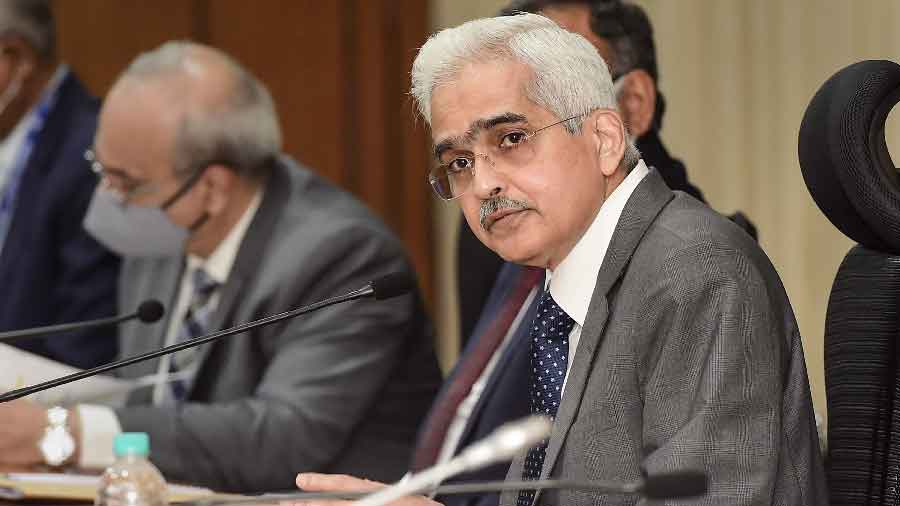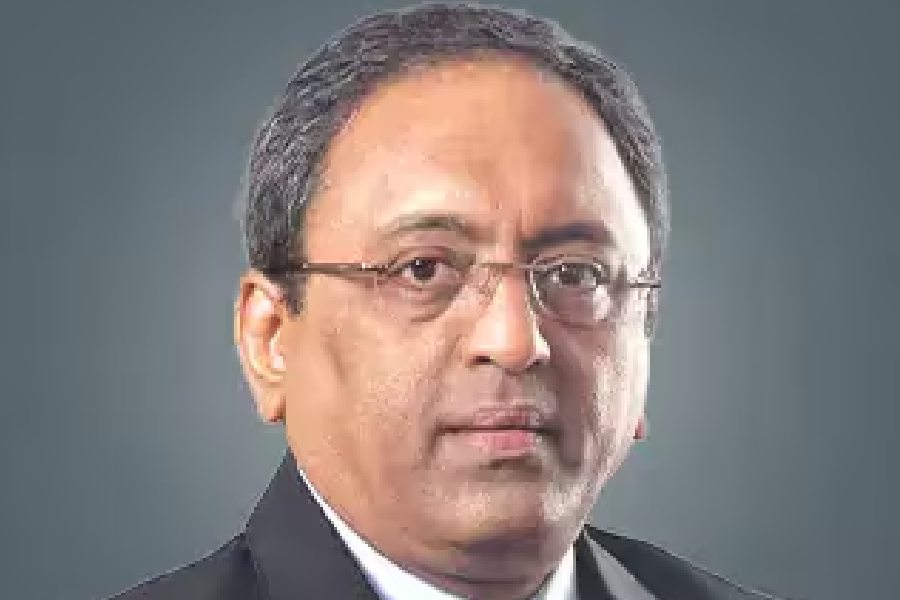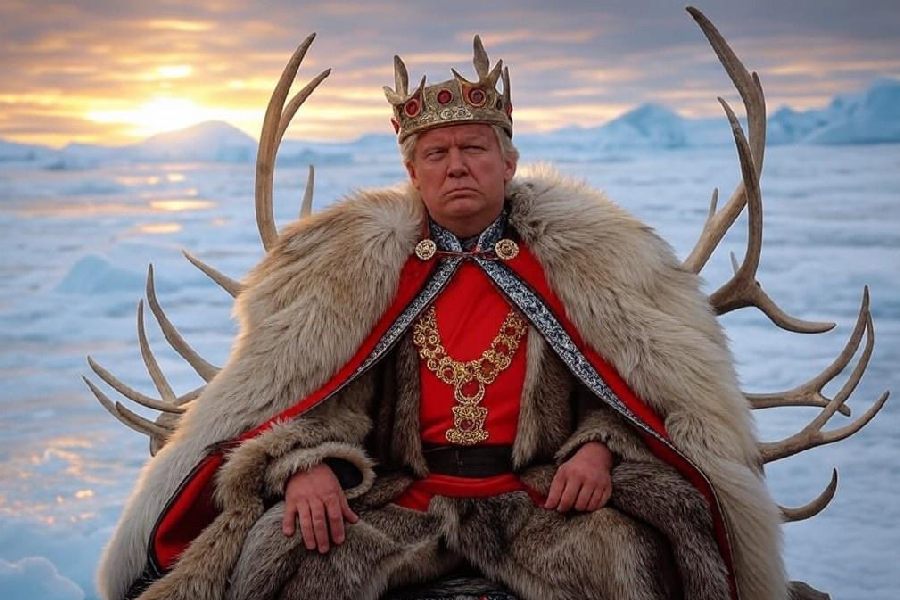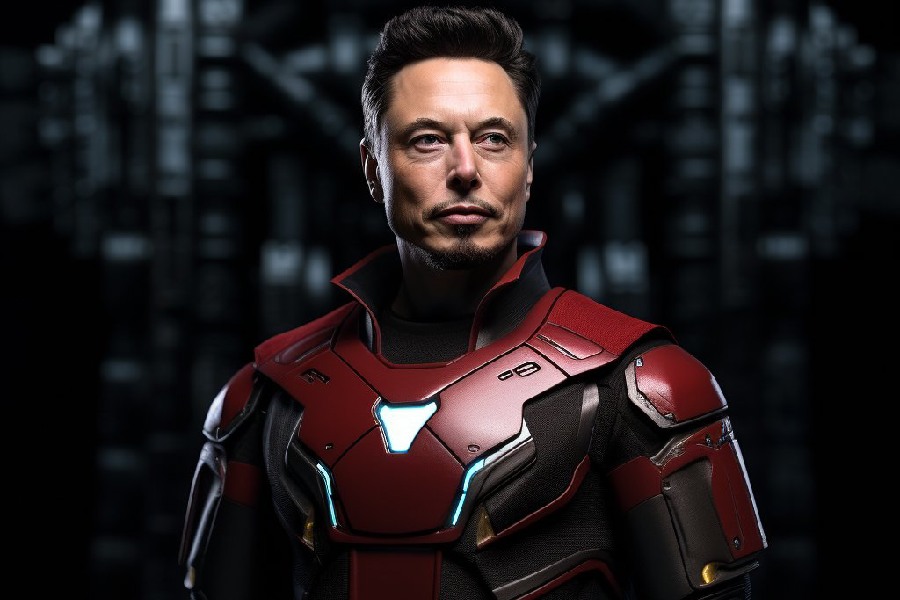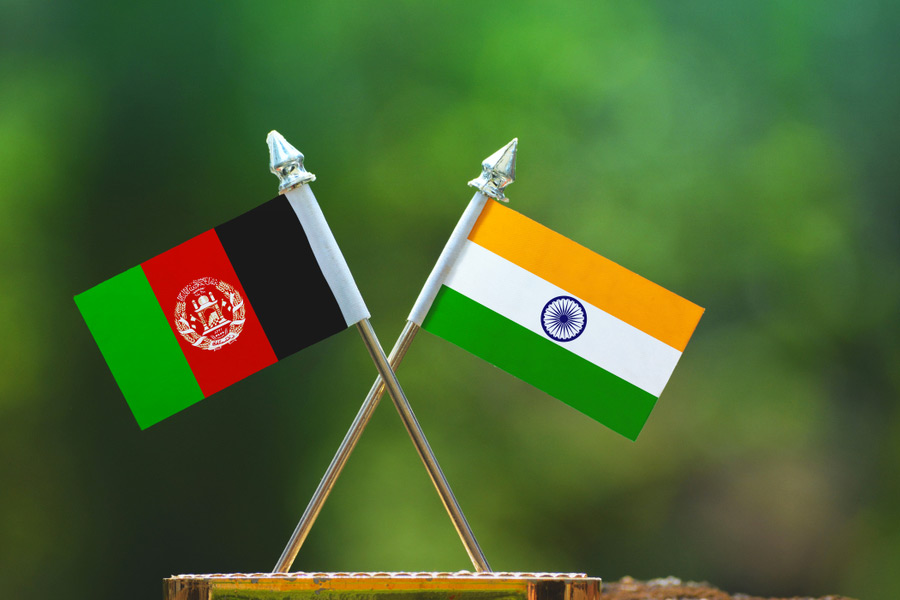Reserve Bank of India Governor Shaktikanta Das Wednesday said the Monetary Policy Committee's decision to increase the repo rate by 50 basis points (bps) and focus on withdrawal of accommodation are calibrated to the evolving inflation-growth dynamics.
The six-member Monetary Policy Committee (MPC), which met from May 6-to 8, unanimously voted to increase the policy repo rate to 4.90 per cent. The rate-setting panel also decided to remain focused on the withdrawal of accommodation to ensure that inflation remains within the target going forward while supporting growth.
Das said the change in stance from 'remaining accommodative' to 'withdrawal of accommodation' is aimed at giving greater clarity to the market on its future actions.
"Our rate and other actions (today) are calibrated to the evolving inflation-growth dynamics. Inflation must come down, economic recovery also must continue," Das told reporters during the post-policy interaction.
The RBI also revised upwards its inflation projection to 6.7 per cent for 2022-23 from an earlier projection of 5.7 per cent made in April.
Das said around 75 per cent increase in the inflation projection is attributed to the food inflation.
"By and large, if you look at it (inflation), excepting factors like tomato prices slightly going up or some domestic electricity tariff being revised up by some states, primarily the food inflation spike is linked to external factors, namely the war in Europe," Das said.
The governor said the forecast on inflation is the baseline scenario without factoring in the steps taken by the RBI today.

Home, auto and other loan EMIs will rise after the Reserve Bank of India (RBI) on Wednesday raised the key interest rate by 50 basis points, the second increase in five weeks, to rein in a rise in prices that was seen continuing to hurt consumers in the near term

The Reserve Bank on Wednesday allowed credit cards to be linked with the unified payments interface (UPI), which will enable more people to make payments using the popular platform

The current account deficit (CAD) will remain at a sustainable level and the normal flows will help the Reserve Bank of India (RBI) to finance it, Governor Shaktikanta Das said on Wednesday.
"We believe that our actions will have their impact in bringing down inflation and inflation expectations. Our endeavour will be to move closer to the target and the target is 4 per cent, plus/minus 2 per cent on either side. So that target of 4 per cent does remain," he said.
On a query on whether RBI will continue to be aggressive in terms of the quantum rate hike, given the higher inflation projection, Das said, "Our future action will depend on the evolving inflation-growth dynamics. The situation is fast-changing and it (rate action) will depend on how the situation evolves".
Speaking on the policy stance, he said the central bank is now focusing on the withdrawal of accommodation.
Das said when one looks at the rates, they are still below the pre-pandemic level. Even the liquidity in the market is higher than the pre-pandemic level.
"In that sense, the stance still remains accommodative but we are now completely focused on the withdrawal of accommodation and I think it gives greater clarity to the market and all the stakeholders," he said.
The governor said the withdrawal of liquidity going forward will be calibrated and measured, and the RBI will ensure that adequate liquidity is available to meet the productive requirement, and bank credit requirement of the economy.


